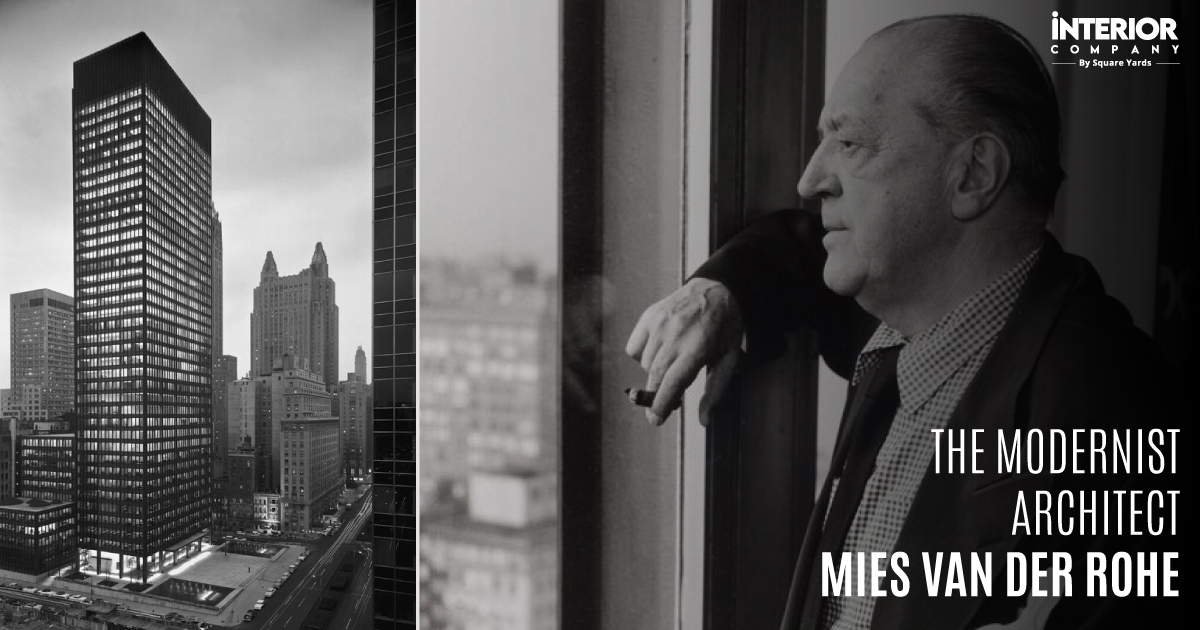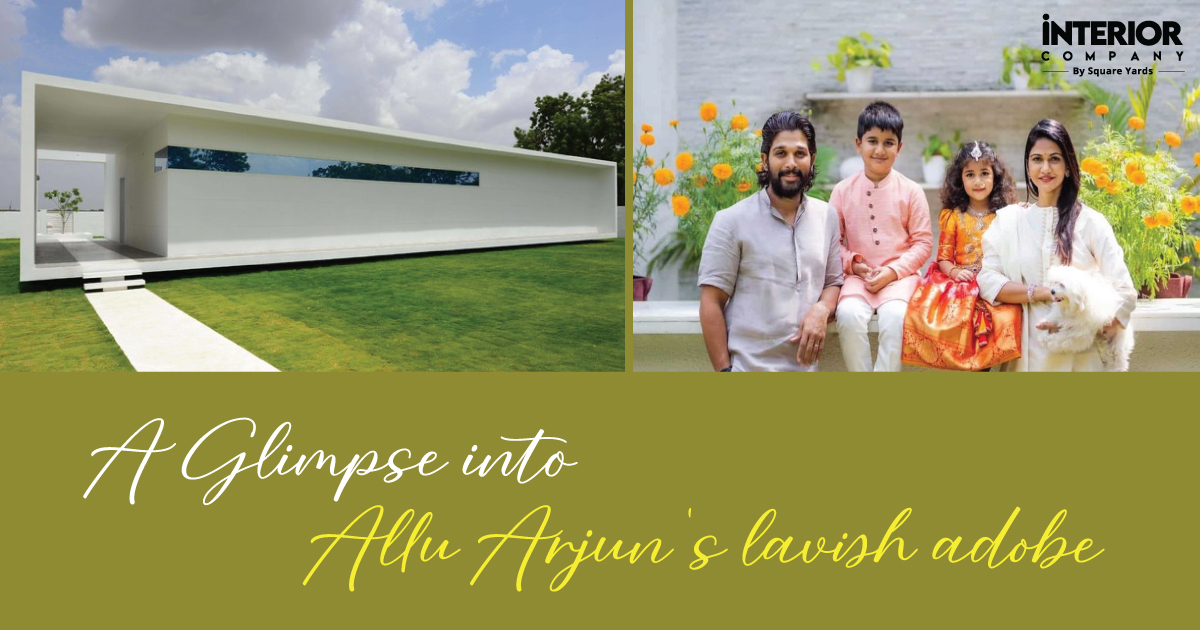- Home
- Trends
- Architecture
- Architects
- Humanitarian Architecture Yasmeen Lari
A Pioneer of Humanitarian Architecture- Yasmeen Lari
“Architects have to be really sensitive about their own traditions,” says Yasmeen Lari, first female architect of Pakistan, architectural historian, heritage conservationist, philanthropist and academician.
From remarkable gilded corporate structures to humanitarian work in flood-prone rural villages, Pakistan’s first leading female architect Yasmeen Lari has become a pioneer in devising various programs on zero-carbon footprint shelters and sustainable building techniques in Pakistan. The 79-year-old architect was awarded the esteemed Jane Drew prize, in recognition of design excellence. With this honour, she joined an illustrious cast of previous winners, including Zaha Hadid, Denise Scott Brown and Liz Diller.
Table of Content
After graduating from Oxford Brookes University, she returned to her home country and began her practice with a series of daring brutalist homes in the 1960s and 70s
She worked on some of the most monumental buildings of the time including- the Anguri Bagh housing project in Lahore (1973), the Finance and Trade Centre (1983-89), and the Pakistan State Oil House (1985-91).
Also Read: Greek Revival Architecture Timeless Style
Early Works – The Rise of the first Female Architect of Pakistan
Widely celebrated as Pakistan's first female architect, Yasmeen Lari designed prominent buildings that still stand out for their architectural elegance. She was elected the first chairperson of the Pakistan Council of Architects and Town Planners. Below are some of her famous designed landmarks:
Anguri Bagh
Lari's first larger housing scheme, the Anguri Bagh was designed with the concept based on the living pattern of the urban poor of Lahore. The project comprises 787 low-cost dwelling units arranged in clusters of single, two-storey, and three-storey blocks with open-to-sky terraces and outdoor spaces for their essential needs.
The project's name descended from the Mughal garden that once existed on the site, and the concept of narrow streets and courtyards was influenced by Pakistan's medieval walled cities.
Pakistan State Oil House
Another magnificent example of Yasmeen Lari's architecture is the Pakistan State Oil House in Karachi. Designed to be a striking landmark building that serves as the headquarters of a petroleum corporation. PSO house conveys state-of-the-art technology for building management and other systems. The mirrored glass facade flanked by a pair of polished granite towers comprises 550,000 square feet of office space and rises 10 storeys. The impressive five-storey atrium and observation elevators provide a panoramic view of the city and the seashore beyond.
Heritage Foundation of Pakistan
After designing several landmark structures and social housing, Yasmeen and her husband, well-known historian Suhail Zaheer Lari, co-founded the Heritage Foundation of Pakistan in 1980 for restoring several monuments and safeguarding the cultural heritage of Pakistan. The Foundation’s mission was to create an awareness of the country's rich and diverse historic architecture and help the communities to rise above poverty.
Credits- Imram Babur
A Paradigm Shift- Star Architect of Humanitarian Work
Though she ostensibly retired as an architect in 2000, Yasmeen Lari been an active partaker as a heritage conservationist and served as UNESCO National Advisor. However, in 2005, when an earthquake of 7.6 magnitudes on the Richter scale hit Northern Pakistan, killing 80,000 people and displacing more than 400,000 families. The architect’s life and work changed forever and she felt compelled to help in whatever way she could, rebuilding homes.
'It was my unlearning phase. I had to change my mentality as an architect in Pakistan. I come from a country where poverty levels are very high, so I felt that I needed to be more sympathetic to the people I design for.' says Yasmeen Lari Architect.
Also Check: Udaipur City Palace Architecture
While international aid agencies busied themselves erecting costly prefab housing with concrete and galvanised iron sheets. Lari worked with dispossessed families and a team of volunteers training them to use indigenous materials like mud, stone, lime, and bamboo to rebuild better and safe houses
Since then she and her team at the Heritage Foundation build over 40,000 shelters after the Khyber Pakhtunkhwa and Sindh provinces were hit by floods in 2010.
The architect implemented traditional building techniques and local materials bamboo, mud and lime, following the principles of low cost, zero carbon and zero waste. The community centres were raised on stilts allowing the flood waters to flow through without damaging buildings.
This ethos forms the basis of Lari's work 'barefoot social architecture' philosophy- architecture that treads lightly on the planet.
Barefoot Social Architecture
The program was established for marginalised communities in Sindh province, training locals to build low-cost, sustainable building components and products that they can sell locally. Each village specialises in developing different products, from bamboo panels to glazed ceramic tiles, and mud bricks, as well as fuel briquettes and soap, channelling a new class of 'barefoot entrepreneurs' in the process.
The architect believes there is a whole barefoot ecosystem, a barefoot market of goods for people to be self-sufficient and improve their life.
One admirable example of a 'barefoot enterprise' is a fuel-efficient chulah (stove) that costs only Rs 1,000 per unit. These smokeless, earthen chullahs built on the raised podium safeguard women's health and bestow a new sense of dignity in them. This initiative won the World Habitat award in 2018, and trained women to build the chullahs, making a chain of skilled artisans. Since then, more than 60,000 stoves have been built, improving the health of the women and generating income.
Zero Carbon Cultural Centre, Makli
The Heritage Foundation of Pakistan spearheaded by Yasmeen Lari helped to conserve Makli(A Unesco-listed necropolis) by establishing a zero-carbon campus to train up the next generation of craftswomen, helping them to earn livelihood in a dignified manner.
This social space walled with decorative bamboo screens provided workshops to learn everything from terracotta bowls to composting eco-toilets. The main purpose was to aid the lowest sections of society to fulfil their unmet needs and ensures that local people are capable to protect and care for their local historic monuments
Credits- Heritage Foundation of Pakistan
Awards and Recognition
For her immense contribution in the field of architecture, heritage safeguarding and humanitarian works, she has been applauded by national wards Sitara-i-Imtiaz (The Star of Distinction) and Hilal-i-Imtiaz (The Crescent of Distinction). She has also received the highly acclaimed UNESCO Recognition Award and Fukuoka Prize for Asian Art and Culture from Japan.
Inspiring the Future Architects
Once a starchitect catering to the corporate elites, and now working with the poorest in developing carbon-free shelters. Her work provides the communities especially women with a canvas where they can participate as equal partners, making distinctive structures using their innovations, giving them a sense of ownership and pride.
'We need to raise the standing of women, whichever way we can. Nations cannot progress if we don't,' she says.
She believes in low-cost or no-cost alternative architecture through barefoot micro-enterprises and products for poverty-stricken people. Inspiring future architects to lower the carbon footprint of their buildings using sustainable materials to safeguard the future. She is the author of several books and her works have been exhibited in various countries around the world
Ready for a home transformation?
Let our designers assist you!
Recent Posts
Yasmeen Lari lives in Karachi, Pakistan with her husband, Suhail Zaheer Lari.
Barefoot social architecture implies a carbon-neutral approach to housing that emphasizes co-creation and the use of sustainable materials like bamboo, lime, and mud.
The ten most beautiful architecture in Pakistan are as follows:
- Mohatta Palace
- Frere Hall
- Badshahi Mosque
- Faisal Mosque
- Pakistan Monument
- Minar-e-Pakistan
- Quaid-e-Azam Mausoleum
- Aga Khan University and Hospital
- Aga Khan University
- St. Patrick’s Cathedral, Karachi
Yasmeen Lari, the first female architect of Pakistan, is the cofounder and CEO of the Heritage Foundation of Pakistan.
Louise Blanchard Bethune from New York was the first American woman known to have worked as a professional architect.
The Iraqi-born British architect Zaha Hadid became the first woman to win the Pritzker Prize in 2004 and is known as the world’s famous female architect.
As per the current records around the world, only 17 per cent of registered architects are women
Related Category
- Buildings and Monuments
- Celebrity Homes

















